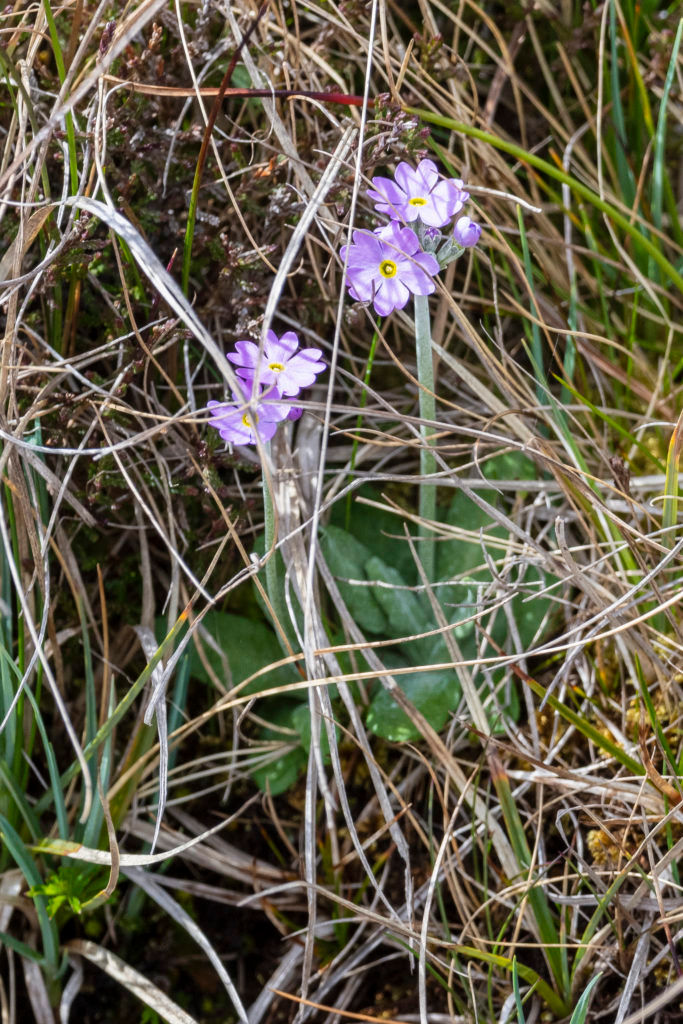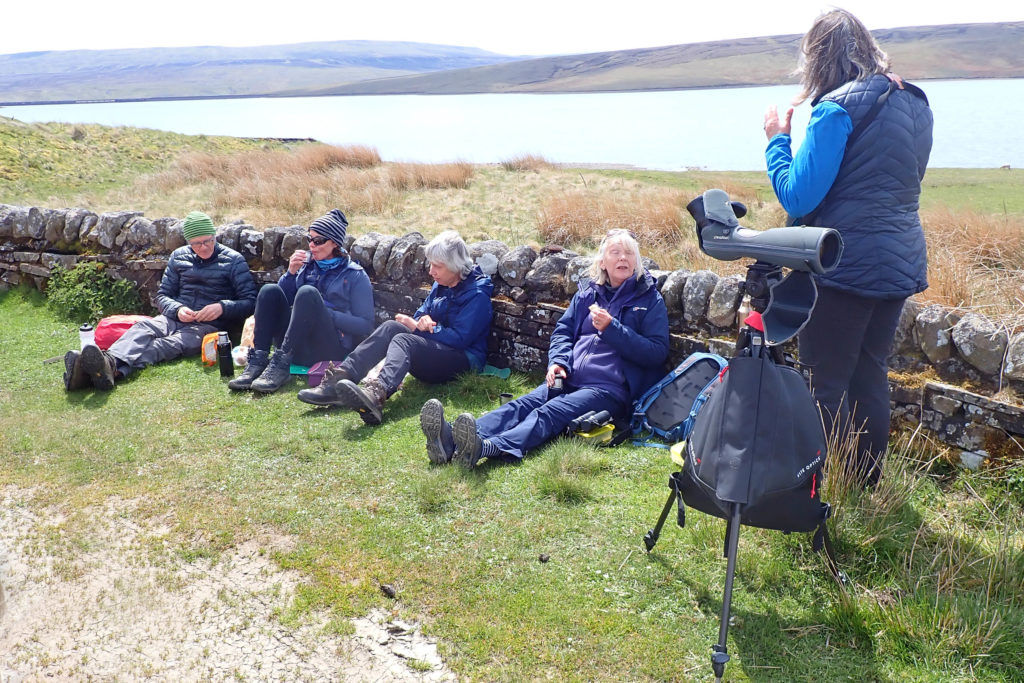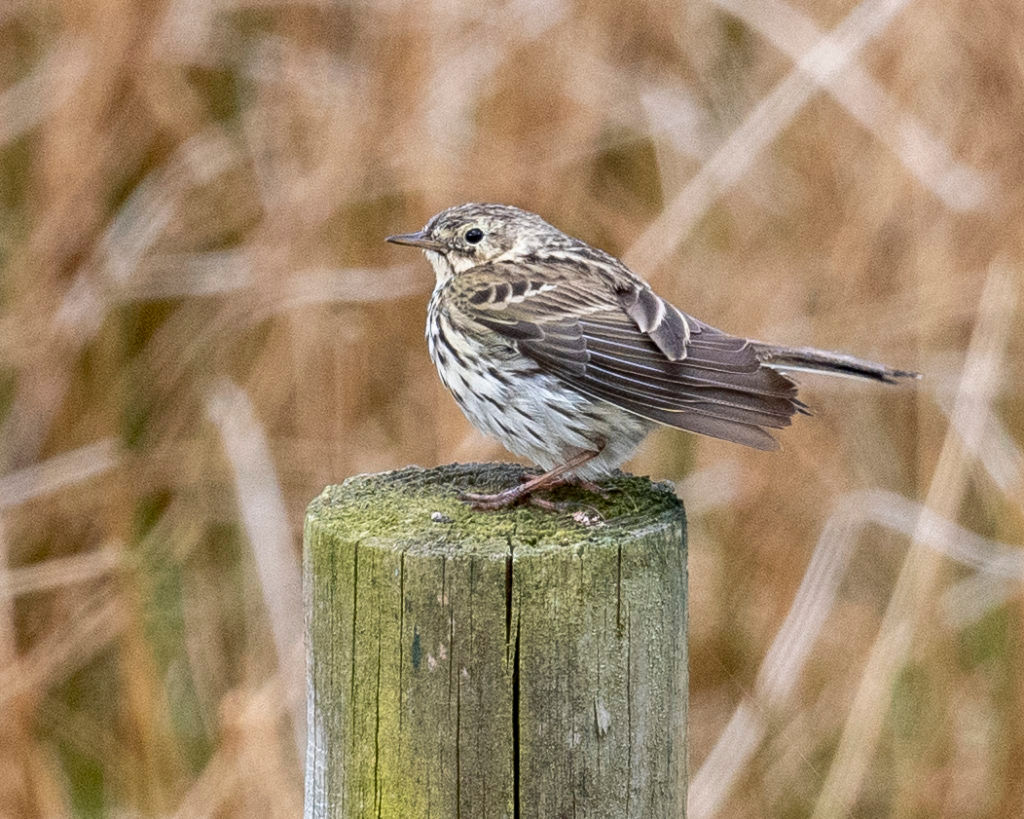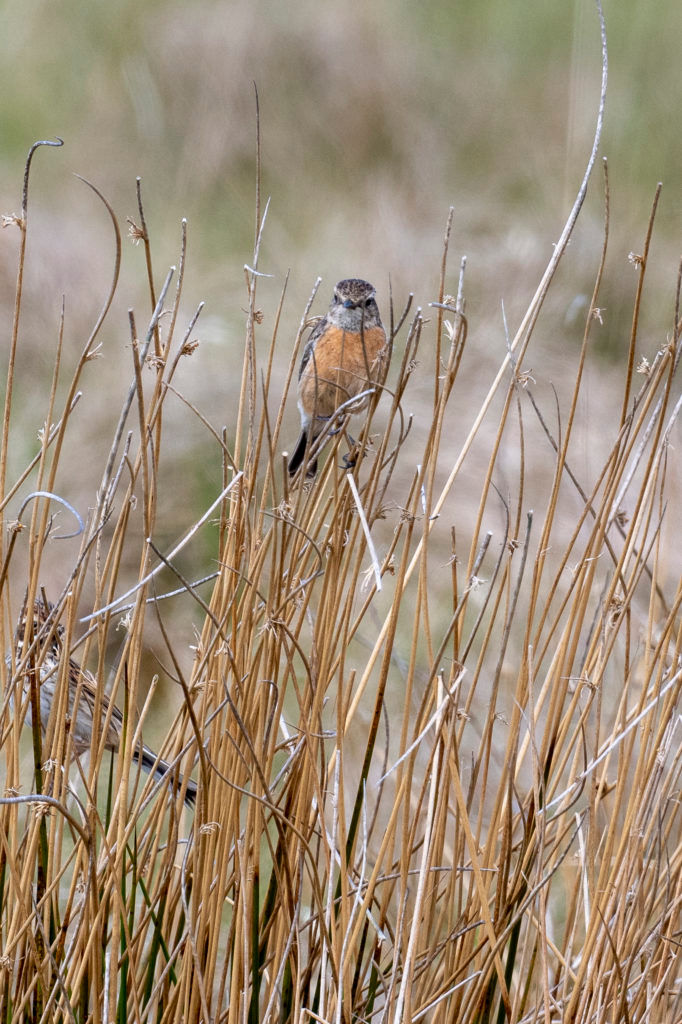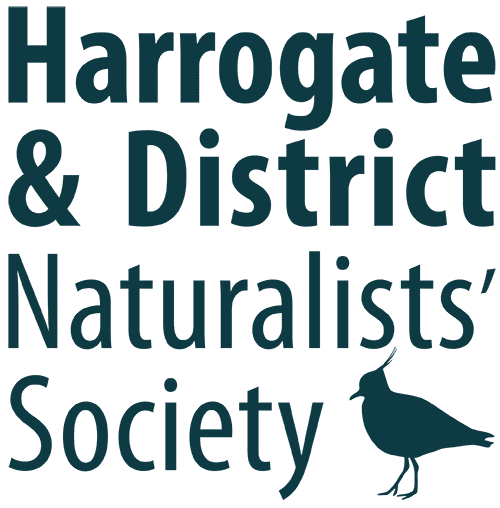The long awaited trip to Upper Teesdale took place on what turned out to be a beautiful Springlike day. Eight of us met at Langdon Beck with Colin Slator as our expert guide in search of Black Grouse and botanical delights. Even though the lecking season is well and truly over (with the time now for females to be sitting on eggs and rearing the new chicks) we very quickly found groups of both male and female Black Grouse feeding in the surrounding meadows. This area is one of the best places to find Black Grouse in England and although the landscape here has lost nearly all its trees, the birds have adapted and have probably benefited by the area being well ‘keepered’. We found evidence of traps set over gullies with the intention of eradicating stoats. We also caught glimpses of a Bank Vole and a Field Vole. Birds of prey were tellingly largely absent but we did manage a Kestrel, female Sparrowhawk, a Raven and a couple of Buzzard.
Further upstream of Langdon Beck we spent time tracking down a calling female Stonechat. In the process we also found Wheatear, Reed Bunting and plenty of Meadow Pipit and Skylark. We were also on the lookout for breeding waders. Oystercatchers, Lapwings and Curlews made themselves very easy to find but Golden Plover and Dunlin played hard to get with only their distant calls to hint at their presence. Eagle-eyed Colin spotted Redshank chicks and received a hearty telling off by the parents. Other birds seen included Red Grouse, Pheasant, Swallow, Sand Martin, Grey Partridge, Wood Pigeon and only the occasional Crow.
In the shadow of Widdybank Fell, bordering the upper reaches of the River Tees, we walked along the nature trail along Cow Green Reservoir looking for the distinctive wild flowers associated with this habitat. We quickly found areas polka dotted with the beautifully delicate Bird’s Eye Primrose. Teesdale Violet and Mountain Pansy were other lovely delicate looking plants that were relatively abundant. We also encountered a few patches of Spring Sandwort and Mountain Everlasting. The most impressive with its intense blue colouring was the rare Spring Gentian.
Despite the efforts of several dive-bombing Black-headed Gulls, a Heron resolutely continued to monitor one of the small streams (known as sikes). Its ability to withstand so much interference was largely due to it being a decoy!
I found myself loath to leave at the end of the trip and lingered to look at an outdoor exhibition of ‘herdship’ photographs. As I wandered round the photographs I was aware of quite a lot of bird song so paused to see how many more birds I could detect. In the hotel gardens were the expected Robin, Wren,Blackbird, Great Tit, Goldfinch, Chaffinch, Collared Dove and Blue Tit. Slightly further afield were Linnet and a Mistle Thrush. Finally, at the river bridge surrounded by non-stop Willow Warbling, I found House Martin, Grey Wagtail and a Dipper speeding by.
Thanks to Colin for leading a very enjoyable trip.
Sue Harrison
